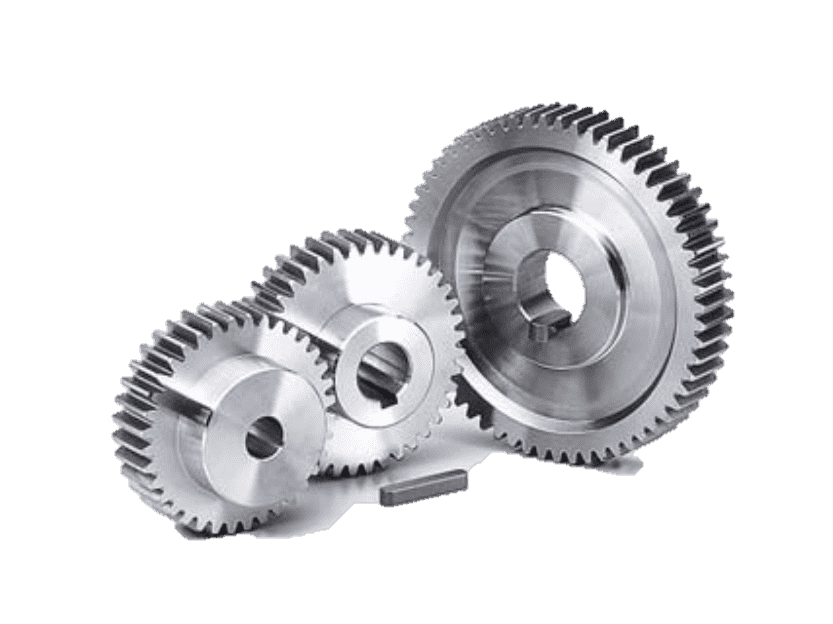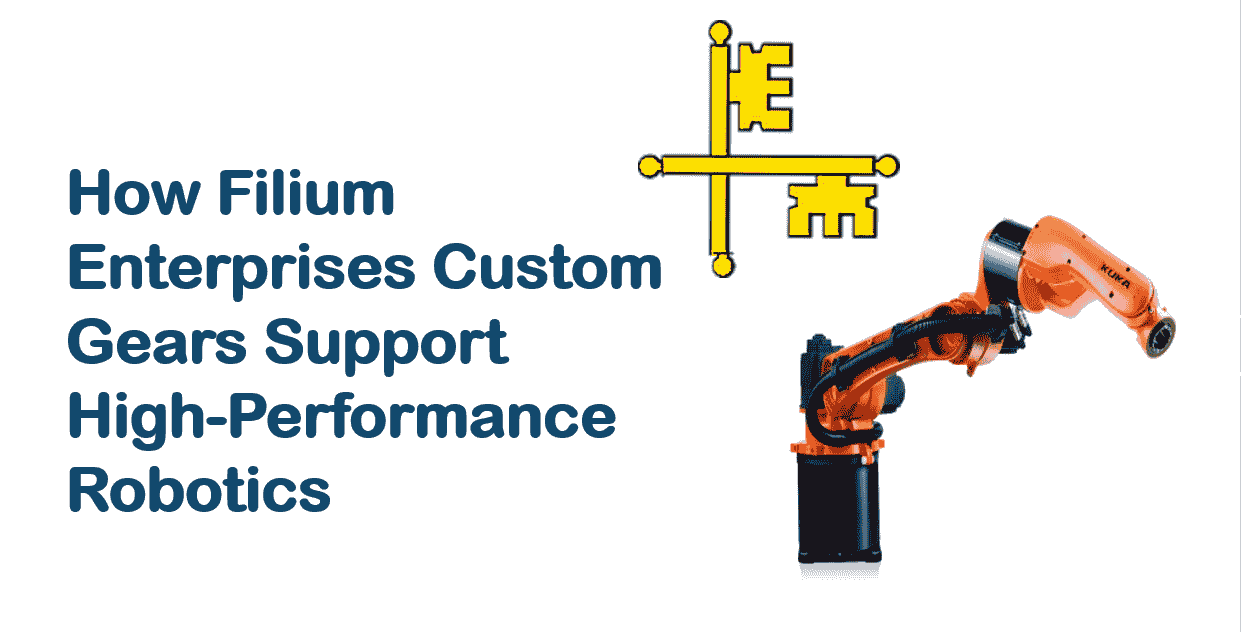Gear Market Outlook in India

Gear Market Outlook in India: Pioneering Growth with Filium Enterprises Leading the Charge
Introduction
India's rapid industrialization and infrastructural expansion have positioned the gear market as a critical component of its economic machinery. Gears, integral to industries ranging from automotive to renewable energy, are witnessing surging demand as the nation strides towards becoming a global manufacturing hub. This article explores the current landscape, growth drivers, challenges, and future projections of India's gear market, spotlighting Filium Enterprises as a pivotal player in this dynamic sector.
Current Market Overview
The Indian gear market, valued at approximately USD 2.1 billion in 2023, is projected to grow at a compound annual growth rate (CAGR) of 7.8% from 2023 to 2030, reaching USD 3.5 billion by the end of the decade. This growth is fueled by robust demand from key sectors:
- Automotive: Accounts for 45% of gear consumption, driven by rising vehicle production and EV adoption.
- Industrial Machinery: Contributes 30%, with automation and construction equipment demand on the rise.
- Wind Energy: Represents 15%, aligning with India’s target to achieve 60 GW of wind capacity by 2030.
The market is segmented by gear type, with helical gears (35%), spur gears (25%), and bevel gears (20%) dominating, thanks to their efficiency in power transmission and load handling.
Growth Drivers
-
Automotive Sector Expansion
India, the world’s fourth-largest automotive market, produced over 25 million vehicles in 2022-23. The shift toward electric vehicles (EVs) and stricter emission norms are spurring innovation in lightweight, high-precision gears. Maruti Suzuki and Tata Motors, for instance, are investing heavily in R&D, bolstering demand for advanced gear systems. -
Renewable Energy Investments
With wind energy installations targeting 60 GW by 2030, turbine gearboxes are in high demand. Siemens Gamesa and Suzlon procure gears locally, supported by government incentives like the Production-Linked Incentive (PLI) scheme for renewables. -
Make in India and Infrastructure Development
Government initiatives promoting domestic manufacturing have reduced import reliance from 40% in 2018 to 30% in 2023. Infrastructure projects, including metro rail expansions and smart cities, are driving demand for construction machinery gears. -
Technological Advancements
Adoption of Industry 4.0 technologies, such as AI-driven predictive maintenance and 3D printing, is enhancing gear manufacturing precision and reducing downtime.
Challenges
- Skilled Labor Shortage: Only 15% of engineering graduates meet industry skill requirements, per NASSCOM.
- Global Competition: Despite progress, 30% of high-precision gears are still imported from Germany and Japan.
- Raw Material Costs: Fluctuations in steel prices, which account for 60% of production costs, impact profitability.
Market Segmentation
- By Type: Helical gears lead due to their durability in automotive applications, while planetary gears are gaining traction in robotics.
- By Application: Automotive dominates, but renewable energy is the fastest-growing segment at 12% CAGR.
Future Outlook
By 2030, India’s gear market is set to capitalize on sustainability trends and digital transformation. The EV gear market alone is projected to grow at 22% CAGR, driven by Tata Motors’ and Mahindra’s electric fleets. Additionally, the PLI scheme aims to boost domestic manufacturing, potentially reducing gear imports to 20% by 2025.
Filium Enterprises: Spearheading Innovation
Filium Enterprises has emerged as a linchpin in India’s gear market, commanding a 20% share in the industrial gear segment. Renowned for its DuraGear™ line—a suite of high-precision, corrosion-resistant gears—Filium supplies to industry giants like Tata Motors, L&T, and Siemens.
- Innovations: Their R&D center in Pune has pioneered IoT-enabled gears that predict wear and tear, reducing downtime by 30%.
- Sustainability: Filium’s recycled steel gears, launched in 2022, align with circular economy principles, cutting carbon footprint by 40%.
- Market Reach: With facilities in Maharashtra, Tamil Nadu, and Gujarat, Filium exported gears worth USD 50 million in 2023, primarily to Southeast Asia and Europe.
Conclusion
India’s gear market is on an upward trajectory, underpinned by industrial growth and technological advancements. Filium Enterprises exemplifies domestic prowess, blending innovation with sustainability to meet global standards. As India cements its position as a manufacturing powerhouse, collaborations between industry leaders and policy initiatives will be critical to sustaining this momentum, ensuring gears remain at the heart of the nation’s industrial revolution.
Note: Statistics are based on industry reports from IMARC Group, IBEF, and NASSCOM (2023).







